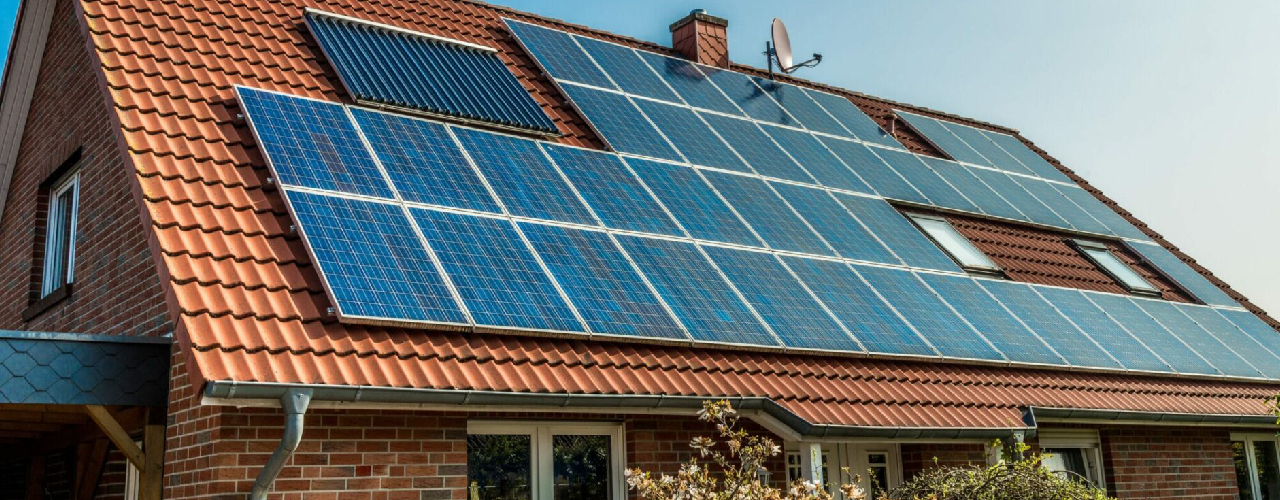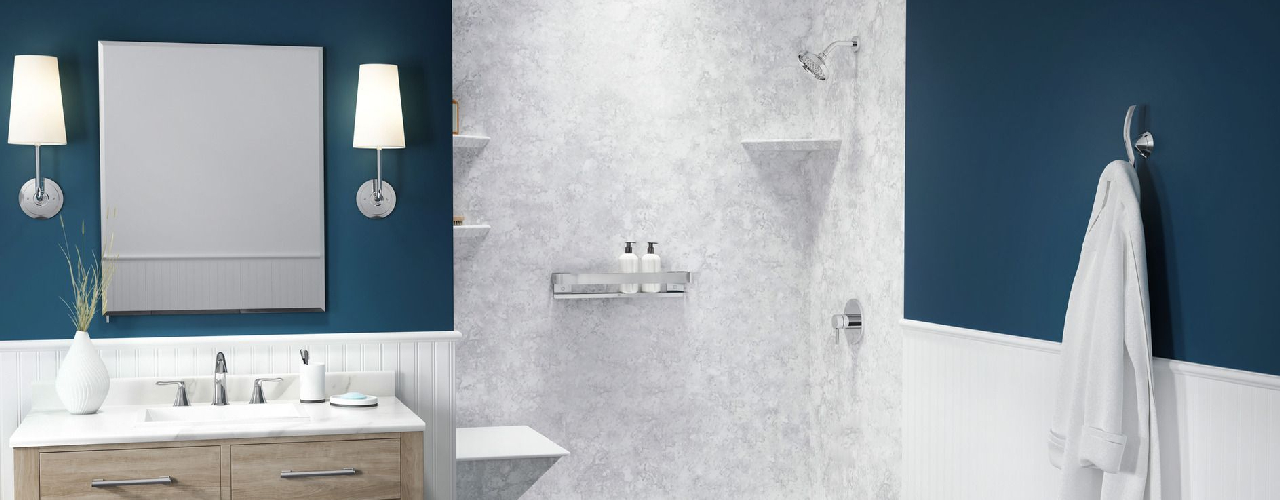
Energy-Efficient Roofing and Solar Installation Tips
1. Understanding the Importance of Energy-Efficient Roofing
Energy-efficient roofing plays a crucial role in reducing your home's energy consumption. It helps to regulate indoor temperatures by reflecting sunlight away in the summer and providing better insulation in the winter. This not only keeps your home more comfortable year-round but also reduces the need for air conditioning and heating, which in turn lowers your energy bills. Choosing the right roofing materials that offer both insulation and solar reflectivity is key to making your home more energy-efficient. These types of roofs can also extend the lifespan of your HVAC system and contribute to a more sustainable home.
2. Choosing the Right Roofing Materials
When selecting energy-efficient roofing materials, it’s important to consider options that are designed to enhance your home’s energy performance. Reflective shingles, such as cool roofing materials, are specifically designed to reflect more sunlight and absorb less heat. Popular materials include metal roofing, which has excellent reflective properties, and asphalt shingles with reflective coatings. For a more eco-friendly option, consider cool roof tiles or rubber roofing made from recycled materials. Make sure to choose materials that suit your local climate conditions, as the best roofing material will vary depending on your region’s weather patterns.
3. The Benefits of Solar Panel Integration
Integrating solar panels into your roofing system is an excellent way to boost your home’s energy efficiency. Solar panels capture sunlight and convert it into electricity, which can be used to power your home, reducing reliance on the grid and lowering utility bills. Many modern roofing systems now offer integrated solar shingles, which provide the benefits of both roofing and solar generation in one package. Whether you choose traditional solar panels or solar shingles, installing a solar energy system can increase your home’s sustainability and even provide tax incentives depending on your location.
4. Proper Installation for Maximum Efficiency
Proper installation of both energy-efficient roofing and solar panels is crucial for maximizing their effectiveness. Roof installation should be done by professionals who are experienced in handling materials designed to reduce energy consumption and optimize insulation. For solar panels, it’s vital to ensure that they are positioned at the correct angle and orientation to receive optimal sunlight exposure. Additionally, a roof that is already designed for energy efficiency should be structurally sound enough to handle the weight of the solar system. Consulting with an expert in both roofing and solar installations will help ensure everything is installed correctly to achieve the best possible energy savings.
5. Roof Ventilation and Insulation
Good roof ventilation is essential for maintaining the energy efficiency of your home. Proper ventilation helps regulate indoor temperatures by allowing warm air to escape in the summer and preventing moisture buildup that can lead to mold or mildew. It also helps in maintaining insulation effectiveness during winter by ensuring that the attic remains dry. When upgrading your roofing system, make sure to include adequate ventilation and insulation, especially if you’re in a region with extreme temperatures. Combining energy-efficient roofing materials with proper attic insulation can make a significant difference in your home’s energy efficiency, reducing the need for heating and cooling.
6. Maintenance to Ensure Long-Term Efficiency
To keep your energy-efficient roof and solar panels working optimally, regular maintenance is necessary. For roofing, check for signs of damage, such as missing shingles or cracks, and repair them promptly to prevent heat loss or water infiltration. Clean your roof regularly to remove debris, which can block sunlight from your solar panels. Solar panels should also be cleaned periodically to maintain their efficiency and ensure they’re capturing the maximum amount of sunlight. Scheduling annual inspections with roofing and solar professionals will help keep your system in top shape and prolong its lifespan.
7. Rebates, Tax Incentives, and Long-Term Savings
Investing in energy-efficient roofing and solar panel installations not only contributes to environmental sustainability but can also offer significant financial benefits. Many states and local governments provide rebates, incentives, and tax credits for homeowners who upgrade their roofs with energy-efficient materials or install solar panels. These programs can reduce the initial cost of installation and provide ongoing savings. Over time, the reduction in energy bills from both energy-efficient roofing and solar energy will more than offset the initial costs, making it a smart financial decision for homeowners looking to reduce their carbon footprint and energy costs.
Energy-efficient roofing and solar panel installations are powerful upgrades for any home, improving comfort, lowering energy costs, and benefiting the environment. By selecting the right materials, ensuring proper installation, and keeping up with maintenance, you can enjoy the long-term rewards of a sustainable, cost-effective home. Whether you’re looking to reduce your carbon footprint or simply save on utility bills, investing in these solutions will provide lasting value.

